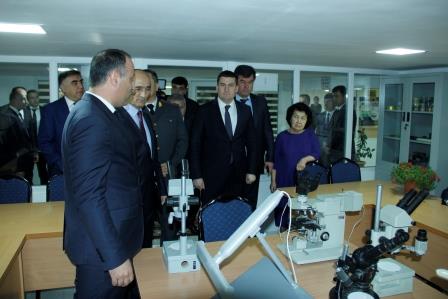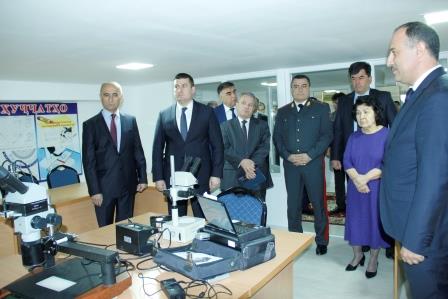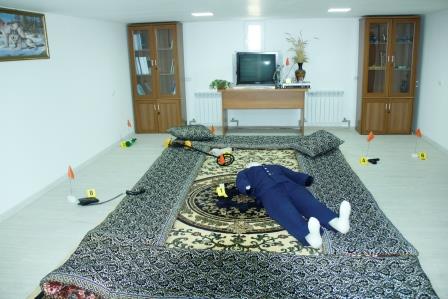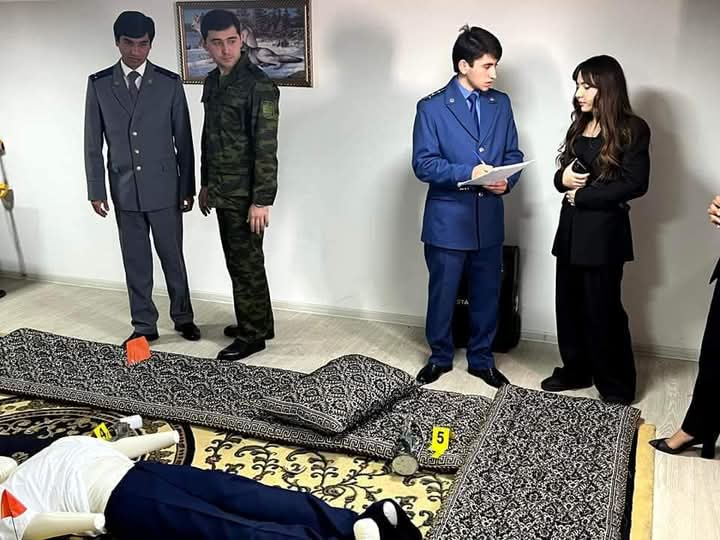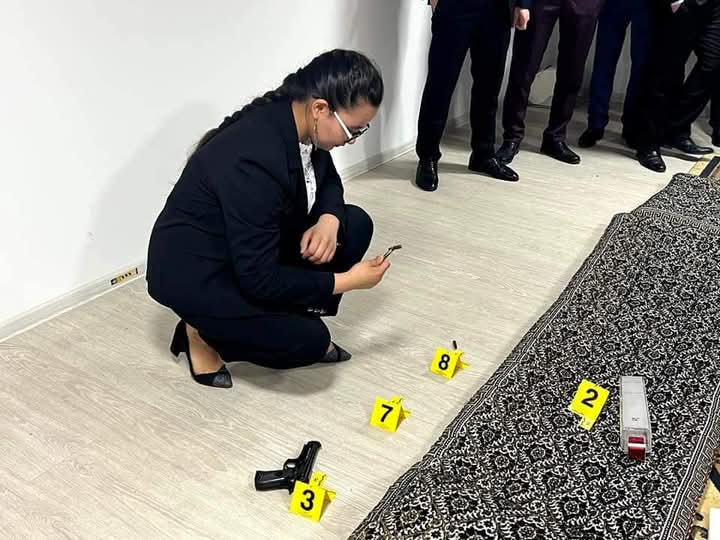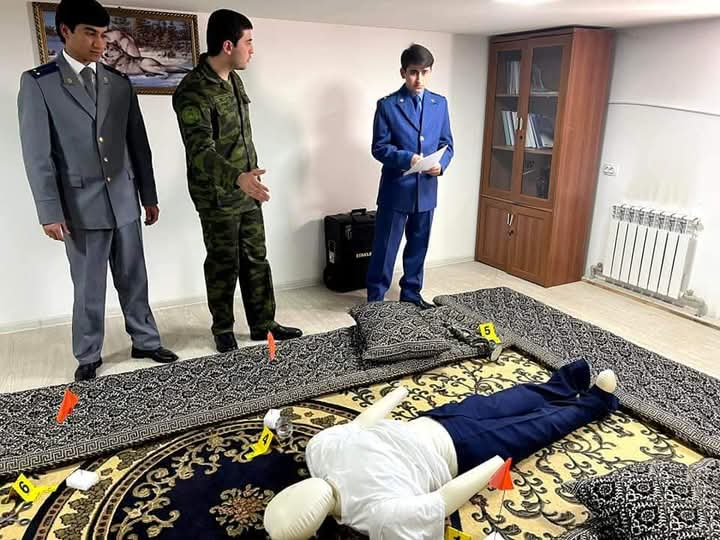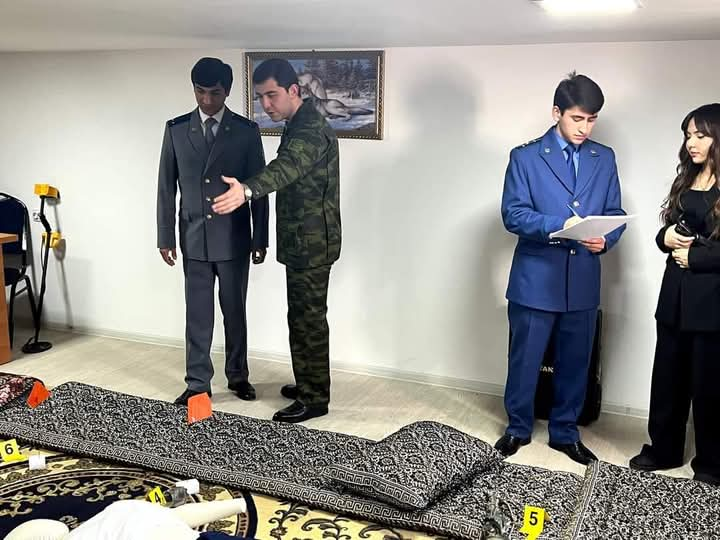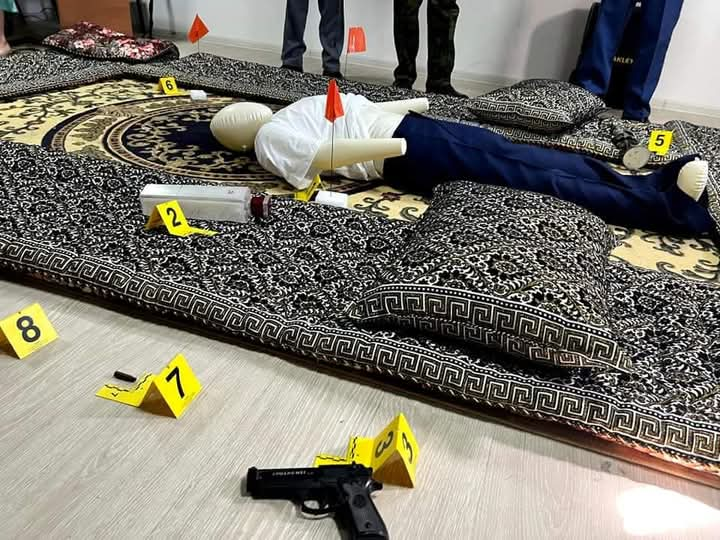In order to prepare highly qualified personnel who meet the requirements of the labor market, improve the quality of education and the level of literacy of students, a forensic laboratory operates at the Law Faculty of the State Law University. The commissioning of the forensic laboratory and its equipping with modern forensic equipment creates a favorable basis for the system of training specialists of international level.
The forensic laboratory meets modern requirements and includes a chamber (hall) for conducting investigative actions, a forensic photography class, a tracing and fingerprinting laboratory, a ballistics laboratory, a cold arms laboratory, a laboratory for linear and technical-forensic examination of documents, a habitology class, a conference room and an archive.
The laboratory has created favorable conditions for students both in cold and warm seasons. At the same time, the new and modern design of the laboratory allows for conferences, round tables, student scientific meetings, as well as practical classes in forensic examination and criminal trials to be held in its halls.
The laboratory is equipped with forensic kits, visual aids (displays), measuring instruments, microscopes, educational forensic videos, digital cameras, fingerprint powders, fingerprint brushes, scientific-technical search tools, and special containers for storing bullets from firearms, all of which are widely used during practical and laboratory classes. The laboratory has rooms for forensic photography, forensic identification, traceology and dactyloscopy, cold weapons, investigative actions, forensic ballistics, forensic handwriting analysis, technical and forensic document examination, as well as lecture halls. In the investigative actions room, practical sessions on conducting investigative actions are held. The purpose of these sessions is to study the methods and techniques of conducting investigative actions. The room is equipped with necessary materials. In the forensic photography room, students are taught the correct methods for photographing crime scenes, physical evidence, traces, bodies, and other objects. In the forensic identification room, students learn how to identify personal characteristics of individuals based on their external appearance. In the dactyloscopy room, students learn the methods of preparing fingerprint cards and taking fingerprints from both individuals and crime scenes. In the forensic traceology room, students are taught the techniques for finding traces at the crime scene and how to collect them. In the forensic ballistics room, students are taught how to compare firearm ammunition, such as bullets, using comparative microscopes. In the forensic handwriting analysis room, students are taught how to determine handwriting features, counterfeit documents, and other related issues using microscopes and magnifying glasses.
